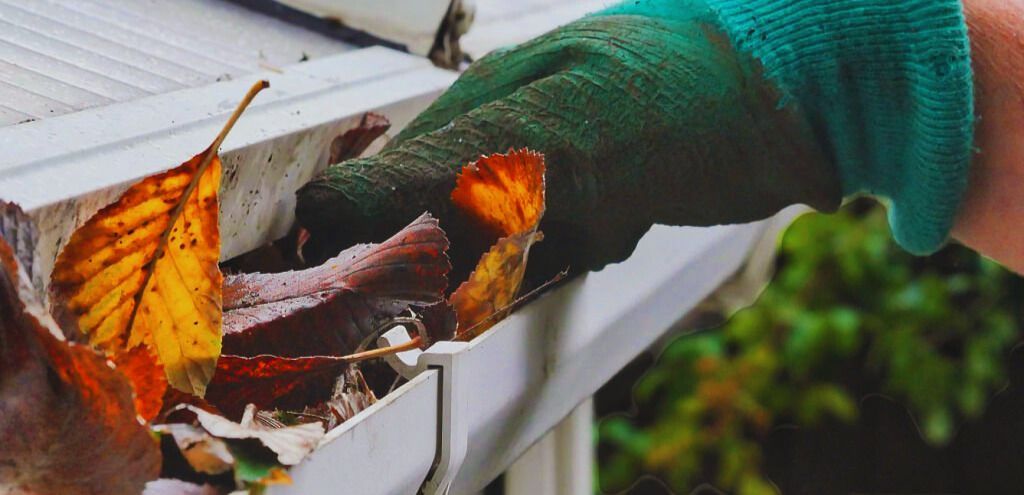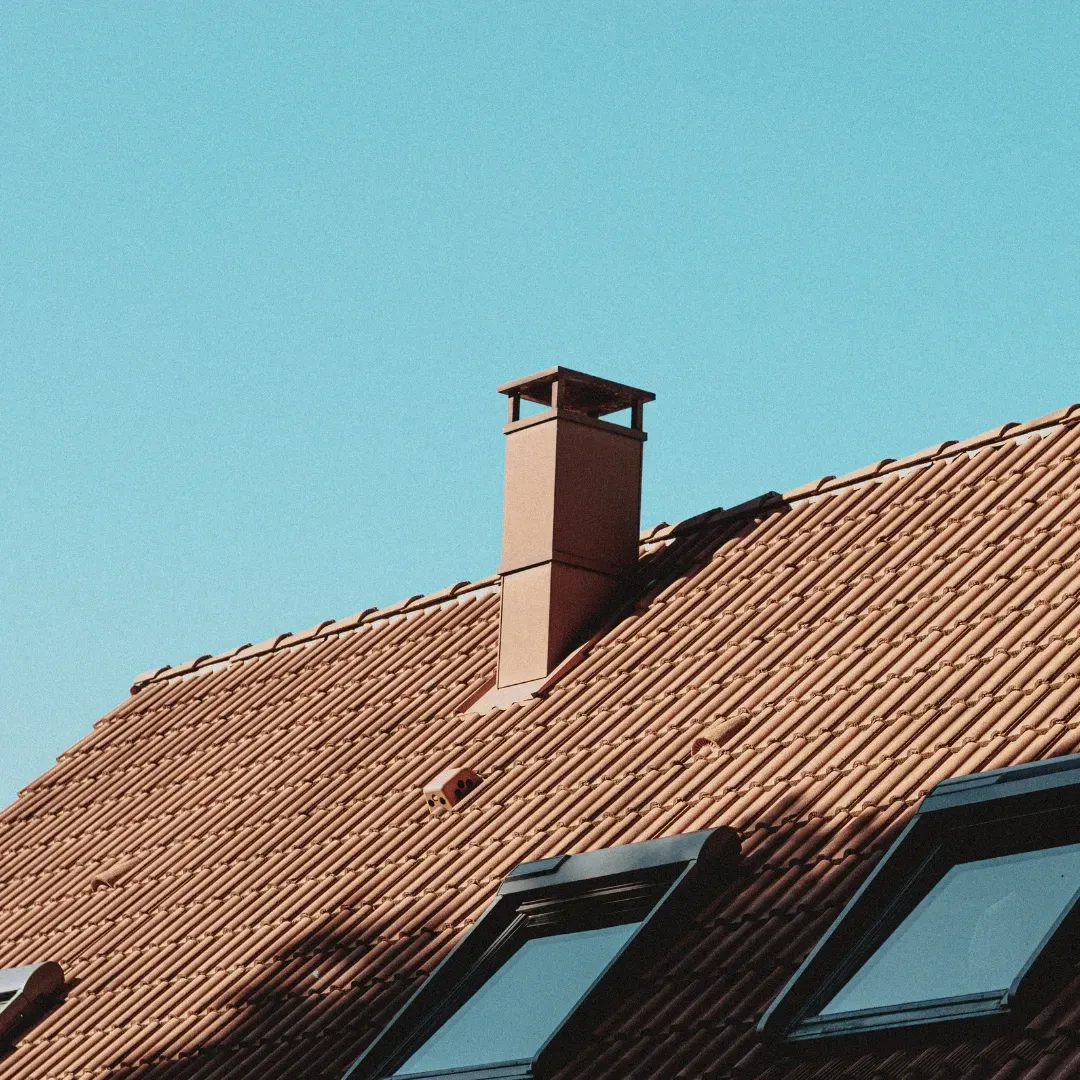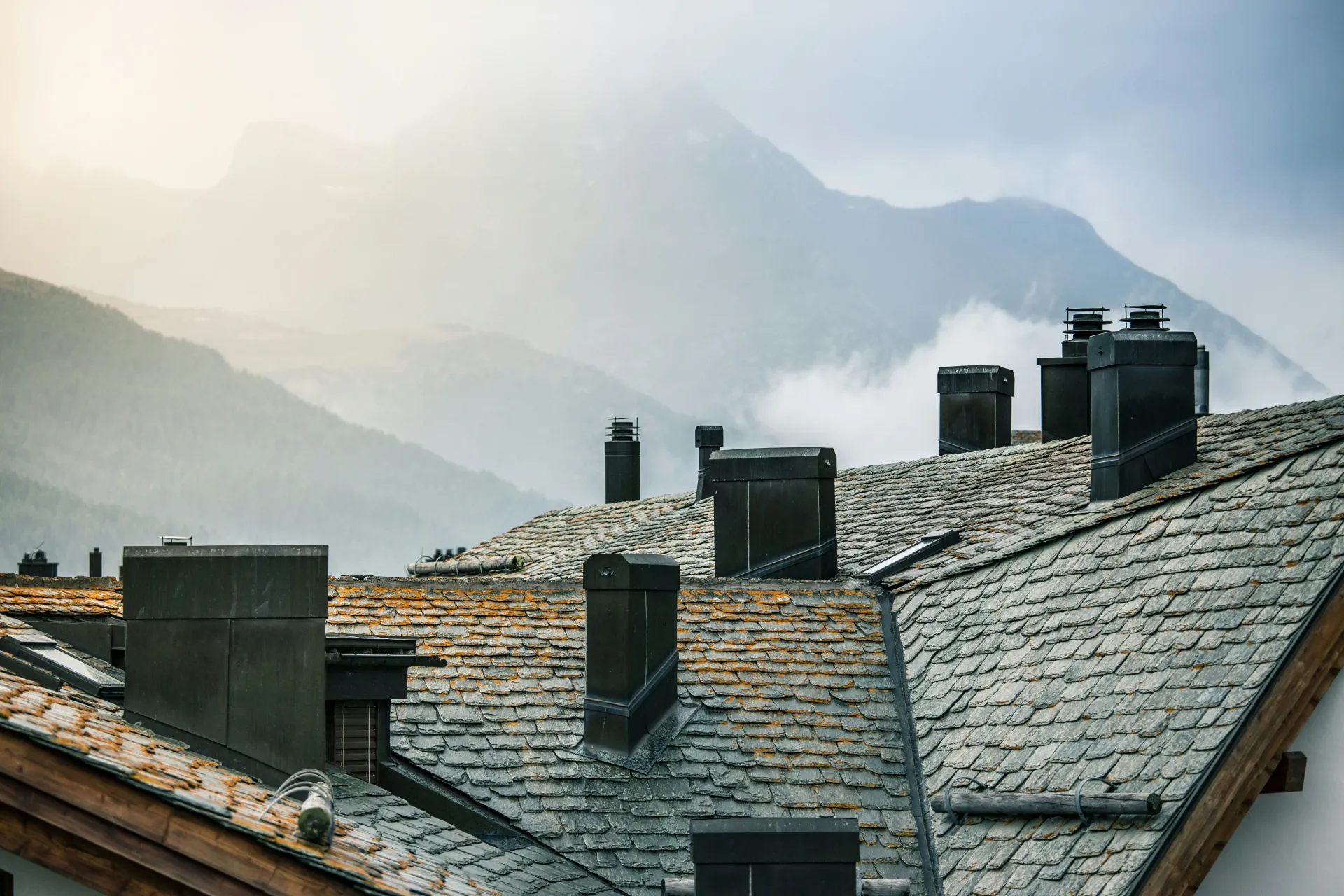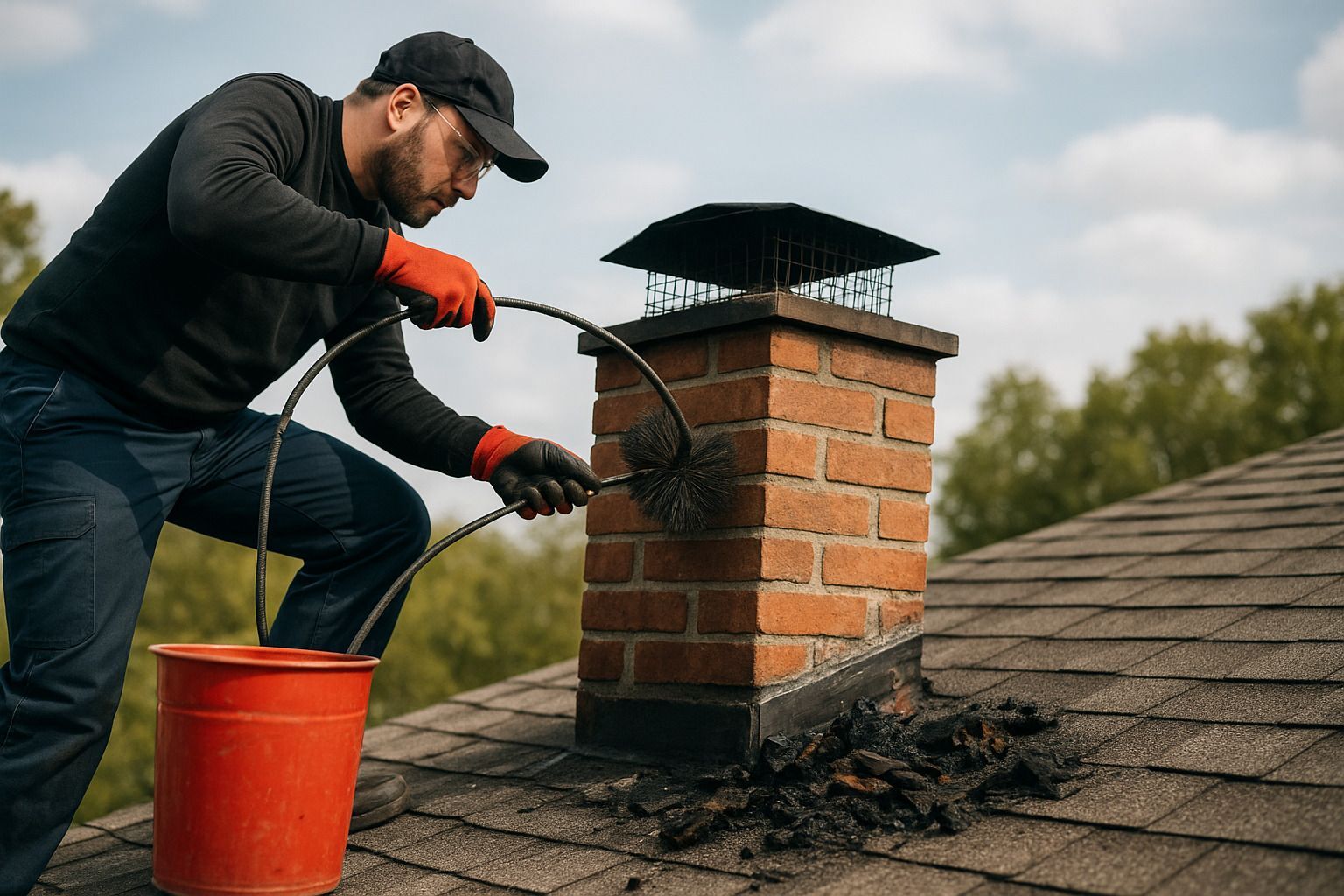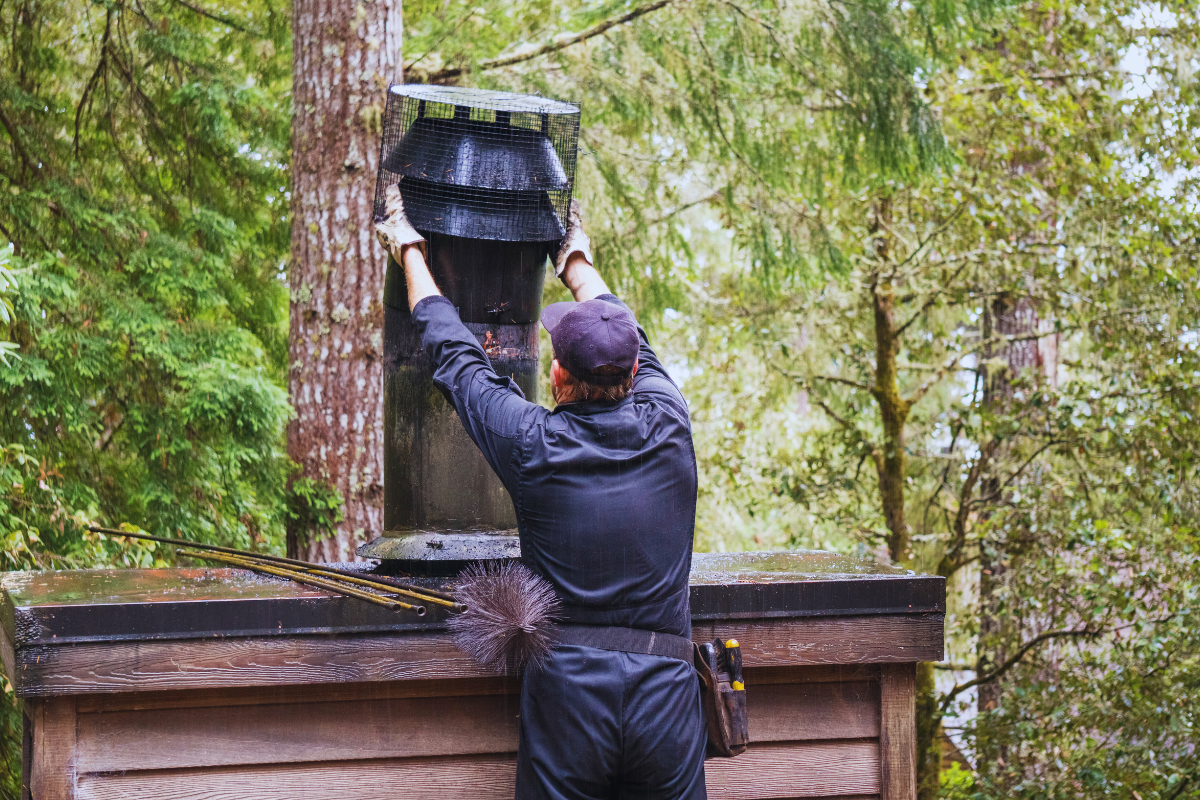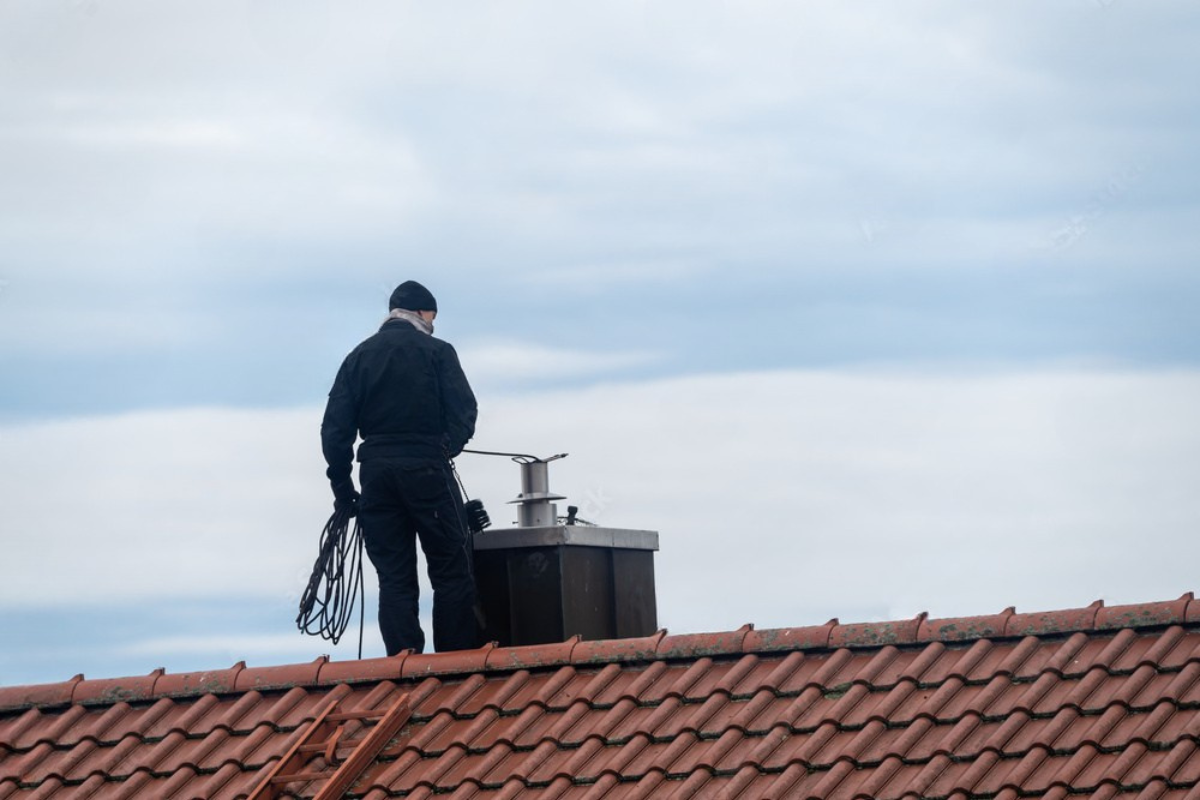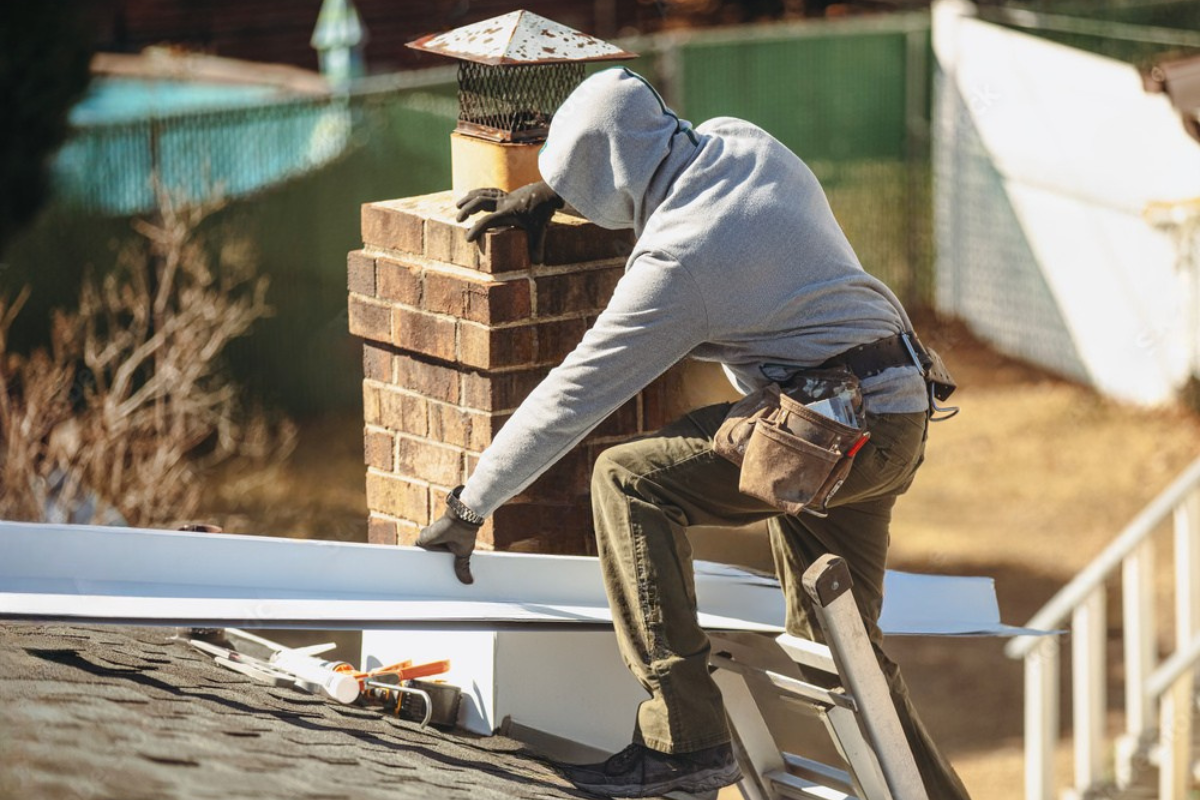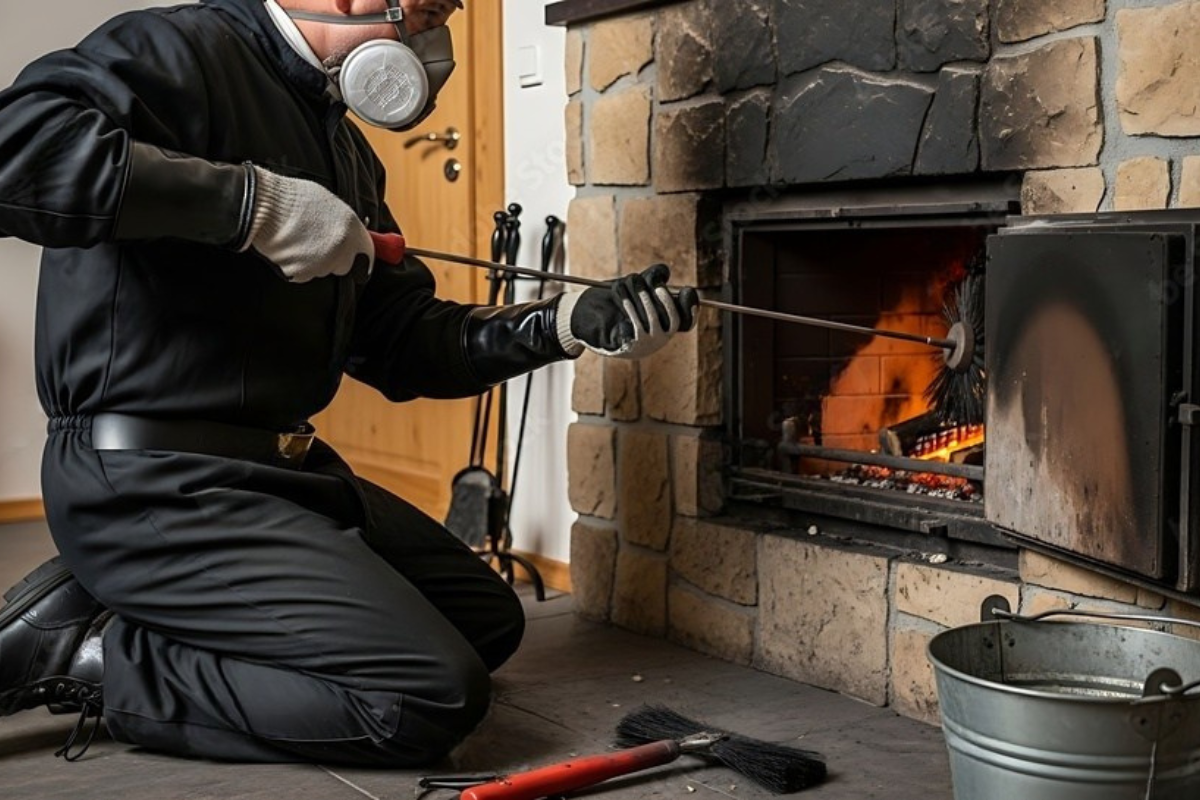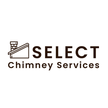Mastering the Art of Chimney Care: 3 Levels of Inspection
As a chimney service professional serving Maine and New Hampshire, I've seen firsthand how proper chimney care can make a world of difference in home safety and efficiency. One of the most important aspects of chimney maintenance is regular inspections. In this guide, I'll walk you through the three levels of chimney inspection, helping you understand why they're important and when each type is necessary.
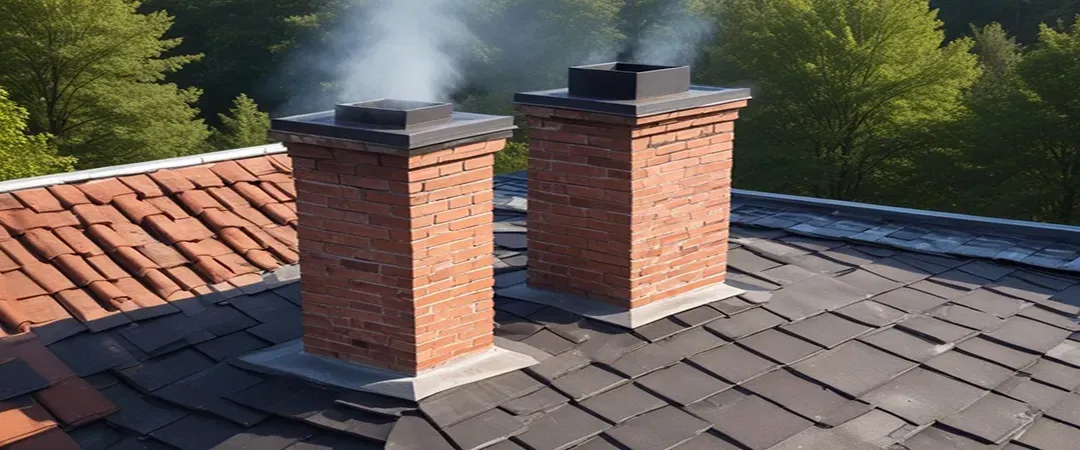
As a chimney service professional serving Maine and New Hampshire, I've seen firsthand how regular inspections can make a world of difference in maintaining a safe and efficient home. In this guide, I'll walk you through the three levels of chimney inspection, helping you understand why they're important when you need them, and what to expect during each one.
Select Chimney Services
Waterproofing
- Protection from elements: Shields your chimney from rain, snow, and ice.
- Preventative maintenance: Helps avoid costly repairs due to water damage.
- Increased chimney lifespan: Extends the life of your chimney structure.
- Improved energy efficiency: Reduces heat loss through a damp chimney.
Stainless Steel Liners
- Fire safety: Provides a non-combustible liner to prevent chimney fires.
- Improved draft: Enhances the efficiency of your fireplace or wood stove.
- Durability: Resistant to corrosion and high temperatures.
- Customizable options: Available in various sizes and lengths to fit your chimney.
Demolition and Tuckpointing
- Chimney restoration: Repairs damaged or deteriorated chimney structures.
- Safety: Removes hazardous chimney components.
- Aesthetics: Improves the appearance of your chimney.
- Structural integrity: Reinforces the chimney for long-term stability.
Why Regular Chimney Inspections Matter
Before we dive into the specifics of each inspection level, let's talk about why these checkups are so important for your home.
Safety First: Protecting Your Home and Family
Your chimney plays a crucial role in keeping your home safe. It vents harmful gases and smoke from your fireplace or heating system, preventing them from building up inside your living space. Regular inspections help catch potential issues early, reducing the risk of chimney fires, carbon monoxide leaks, and other hazards that could put your family at risk.
Maintaining Efficiency: Keeping Your Chimney in Top Shape
A well-maintained chimney is an efficient chimney. Over time, creosote buildup, debris, and structural issues can reduce your chimney's effectiveness. This can lead to poor drafts, smoky fires, and even damage to your heating appliance. By staying on top of inspections, we can keep your chimney working at its best, saving you money on heating costs and potential repairs down the line.
What Are the 3 Levels of Chimney Inspection?
The National Fire Protection Association (NFPA) has established three levels of chimney inspection. Each level is designed to address different situations and needs. Let's break them down:
Level 1 Inspection: The Basic Checkup
A Level 1 inspection is the most basic and routine type of chimney checkup. It's perfect for chimneys that are in regular use and haven't undergone any significant changes. Here's what it involves:
- Visual examination of readily accessible parts of the chimney
- Check for obvious structural issues
- Assessment of basic soundness
- Verification that the flue is free from obvious obstructions or significant creosote buildup
Think of a Level 1 inspection as an annual health check-up for your chimney. It's a quick way to ensure everything's in working order and catch any obvious issues before they become bigger problems.
Level 2 Inspection: A Closer Look
A Level 2 inspection goes a step further than Level 1. It's more thorough and is typically recommended when there have been changes to your chimney system or when you're buying or selling a home. This level includes:
- Everything in a Level 1 inspection
- Inspection of accessible areas of the attic, basement, and crawl space
- Check the chimney exterior
- Video scanning or other thorough examination of the flue interior
- Verification of proper clearances from combustibles in accessible locations
Level 2 inspections give us a more comprehensive view of your chimney's condition, both inside and out. They're particularly useful for spotting issues that might not be visible during a basic checkup.
Level 3 Inspection: The Deep Dive
A Level 3 inspection is the most thorough and invasive type of chimney inspection. It's usually only necessary when serious hazards are suspected, or when the results of a Level 1 or 2 inspection suggest a hidden problem. This level may involve:
- Everything in Level 1 and 2 inspections
- Removal of certain components of the building or chimney for better access
- Examination of the chimney structure and flue
- Inspection of concealed areas to find the source of a problem
While Level 3 inspections are less common, they're sometimes necessary to ensure the complete safety and integrity of your chimney system.
When Do You Need Each Level of Inspection?
Knowing when to schedule each type of inspection can help you maintain your chimney effectively. Here's a quick guide:
Situations Calling for a Level 1 Inspection
- Annual maintenance check
- No major changes to your chimney system
- Routine cleaning
- Minor repairs or part replacements
When to Consider a Level 2 Inspection
- When buying or selling a home
- After a chimney fire or other event that might have damaged the chimney
- When changing the fuel type of your heating appliance
- After an earthquake, severe weather event, or house-settling
- When making changes to your chimney or installing a new heating appliance
Signs You Might Need a Level 3 Inspection
- Suspected serious structural damage
- Persistent issues not resolved by Level 1 or 2 inspections
- After a major chimney fire or severe weather damage
- When planning significant repairs or rebuilding of the chimney
How I Conduct Each Level of Inspection
As a chimney service professional, my goal is to provide thorough, reliable inspections that give you peace of mind. Here's a glimpse into my process for each level:
My Approach to Level 1 Inspections
When I perform a Level 1 inspection, I start by examining the easily accessible portions of your chimney and fireplace. I'll check the firebox, damper, and visible portions of the flue for any signs of damage or excessive creosote buildup. I'll also take a look at the exterior of the chimney from the ground and roof levels, looking for any obvious structural issues or damage.
During this inspection, I'm on the lookout for things like:
- Cracks in the flue liner
- Damaged or missing chimney caps
- Signs of water damage
- Excessive creosote buildup
- Proper clearance from combustibles
I'll document my findings and discuss them with you, offering recommendations for any necessary cleaning or repairs.
What to Expect During a Level 2 Inspection
For a Level 2 inspection, I bring out some additional tools, including a special camera for examining the flue interior. Here's what you can expect:
- I'll start with everything included in a Level 1 inspection.
- Then, I'll access your attic, basement, and crawl spaces to check the chimney's interior structure.
- I'll use a camera to thoroughly examine the flue lining, looking for any hidden damage or obstructions.
- On the exterior, I'll check the chimney from the roof, looking at the masonry, crown, and flashing.
- I'll verify proper clearances from combustibles in all accessible areas.
This more detailed inspection allows me to spot potential issues that might not be visible during a basic checkup. I'll provide you with a comprehensive report of my findings, including any recommendations for repairs or maintenance.
The Comprehensive Process of a Level 3 Inspection
A Level 3 inspection is the most thorough and invasive type of chimney inspection. While it's not often necessary, here's what you can expect if we need to conduct one:
- We'll start with all the elements of Level 1 and 2 inspections.
- If necessary, we may need to remove certain building components for better access. This could include walls, ceilings, or portions of the chimney itself.
- I'll conduct a detailed examination of the chimney's structure and flue, looking for any hidden damage or potential hazards.
- We'll inspect concealed areas to find the source of any suspected problems.
This level of inspection is typically only performed when we suspect serious issues that can't be identified through less invasive methods. I always discuss the need for a Level 3 inspection thoroughly with homeowners before proceeding, as it can involve more disruption to your home.
The Benefits of Professional Chimney Inspections
Regular professional chimney inspections offer numerous benefits for homeowners in Maine and New Hampshire.
Peace of Mind for Maine and New Hampshire Homeowners
Our region experiences harsh winters, and many of us rely heavily on our fireplaces and heating systems during the cold months. Regular inspections ensure that your chimney is up to the task, giving you peace of mind that your home is safe and your heating system is functioning efficiently.
Long-Term Cost Savings
While some homeowners might see regular inspections as an unnecessary expense, they can save you money in the long run. By catching and addressing small issues early, you can avoid costly repairs or even complete chimney rebuilds down the line. Plus, a well-maintained chimney contributes to the overall energy efficiency of your home, potentially lowering your heating costs.
Frequently Asked Questions About Chimney Inspections
To wrap up, let's address some common questions I hear from homeowners about chimney inspections:
- How often should I have my chimney inspected? I recommend an annual inspection for most homeowners, typically before the start of the heating season.
- How long does a chimney inspection take? A Level 1 inspection usually takes about 30-45 minutes. Level 2 inspections can take 1-2 hours, while Level 3 inspections may take several hours or even multiple visits.
- Do I need to clean my chimney every time it's inspected? Not necessarily. During the inspection, I'll assess whether cleaning is necessary based on creosote buildup and other factors.
- Can I do a chimney inspection myself? While you can do basic visual checks, professional inspections are recommended to ensure nothing is missed and to comply with safety standards.
- How much does a chimney inspection cost? Costs vary depending on the level of inspection and your location. I'm always happy to provide a quote based on your specific needs.
Conclusion: Keeping Your Chimney Safe and Efficient
Understanding the three levels of chimney inspection is key to maintaining a safe and efficient home heating system. Whether you need a basic annual checkup or a more thorough examination, professional inspections play a crucial role in protecting your home and family.
As a chimney service professional serving Maine and New Hampshire, I'm committed to providing thorough, reliable inspections tailored to your needs. Regular inspections not only ensure your safety but can also save you money in the long run by preventing costly repairs and improving your home's energy efficiency.
Remember, your chimney works hard to keep your home warm and safe. By giving it the care and attention it needs through regular inspections, you're investing in the comfort and safety of your home for years to come.
Don't wait until you notice a problem with your chimney. Schedule your inspection today and enjoy the peace of mind that comes with a well-maintained chimney system. Your future self (and your wallet) will thank you!
